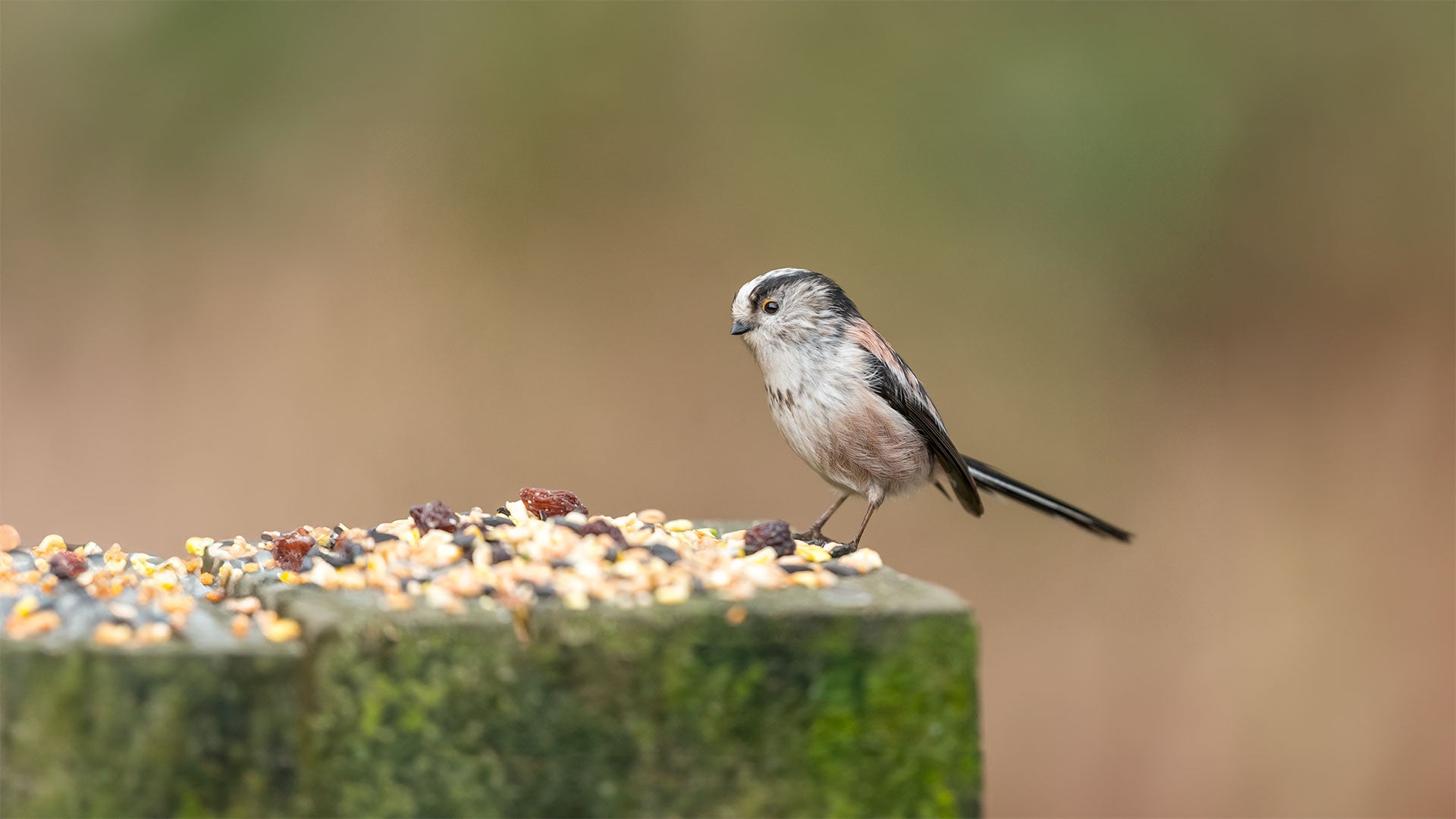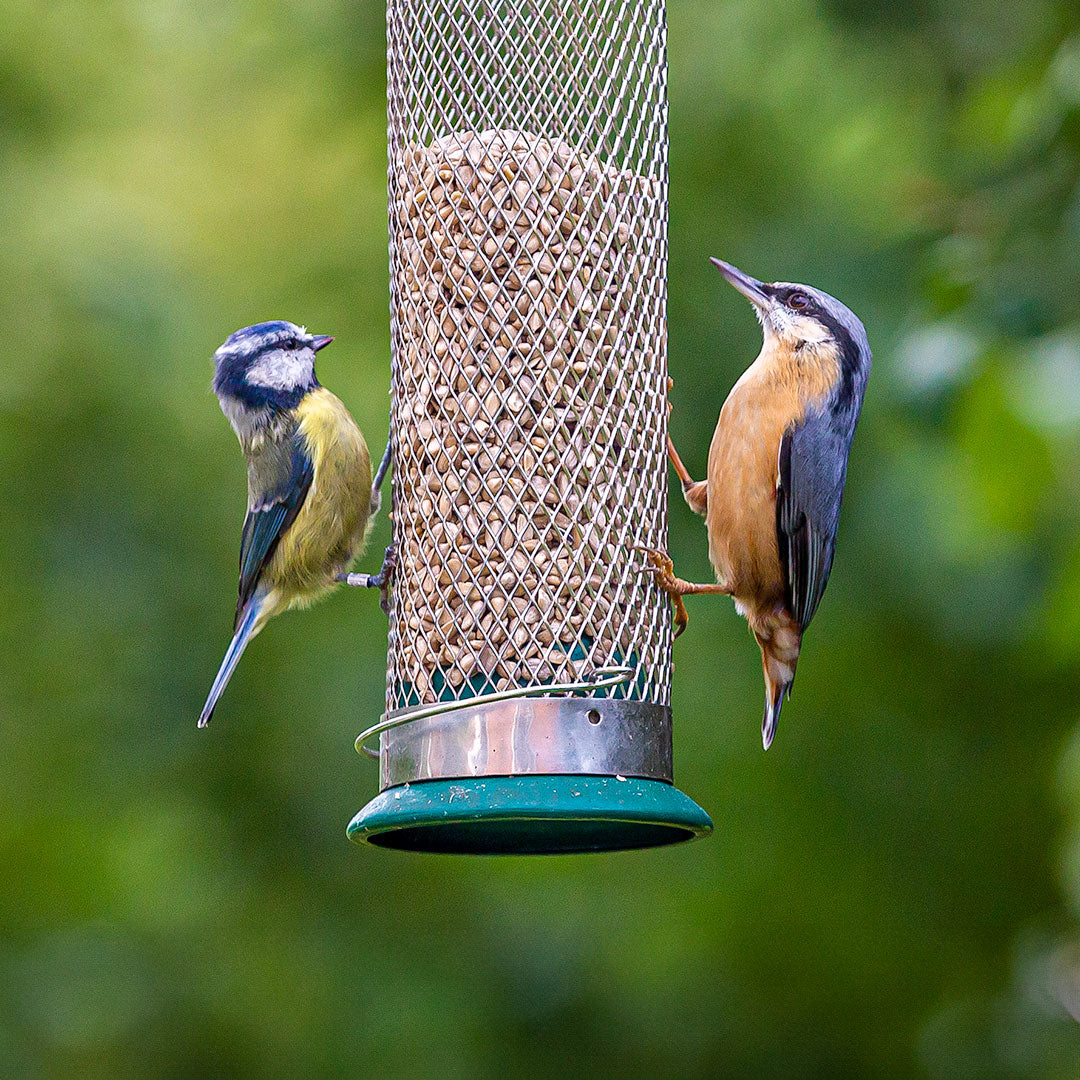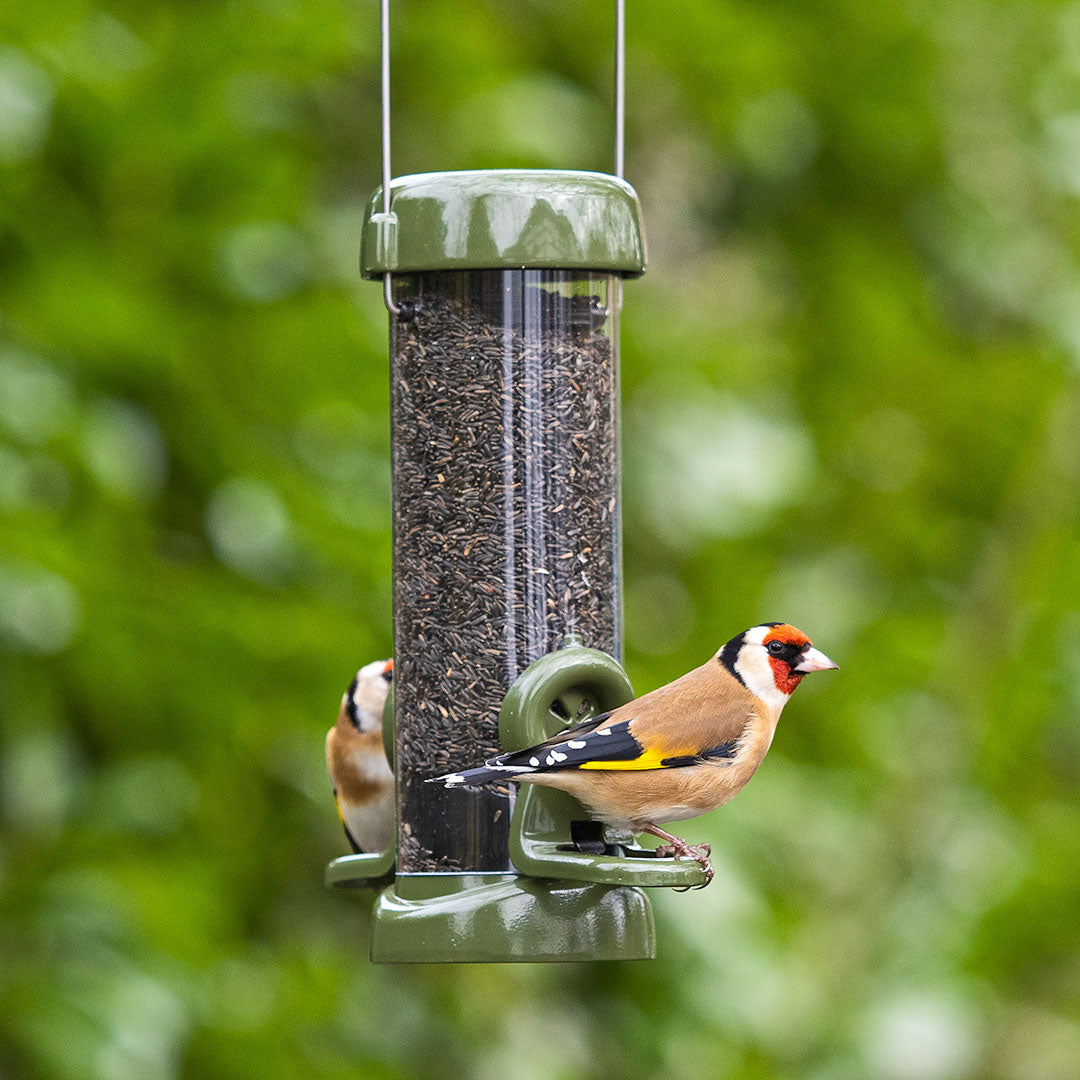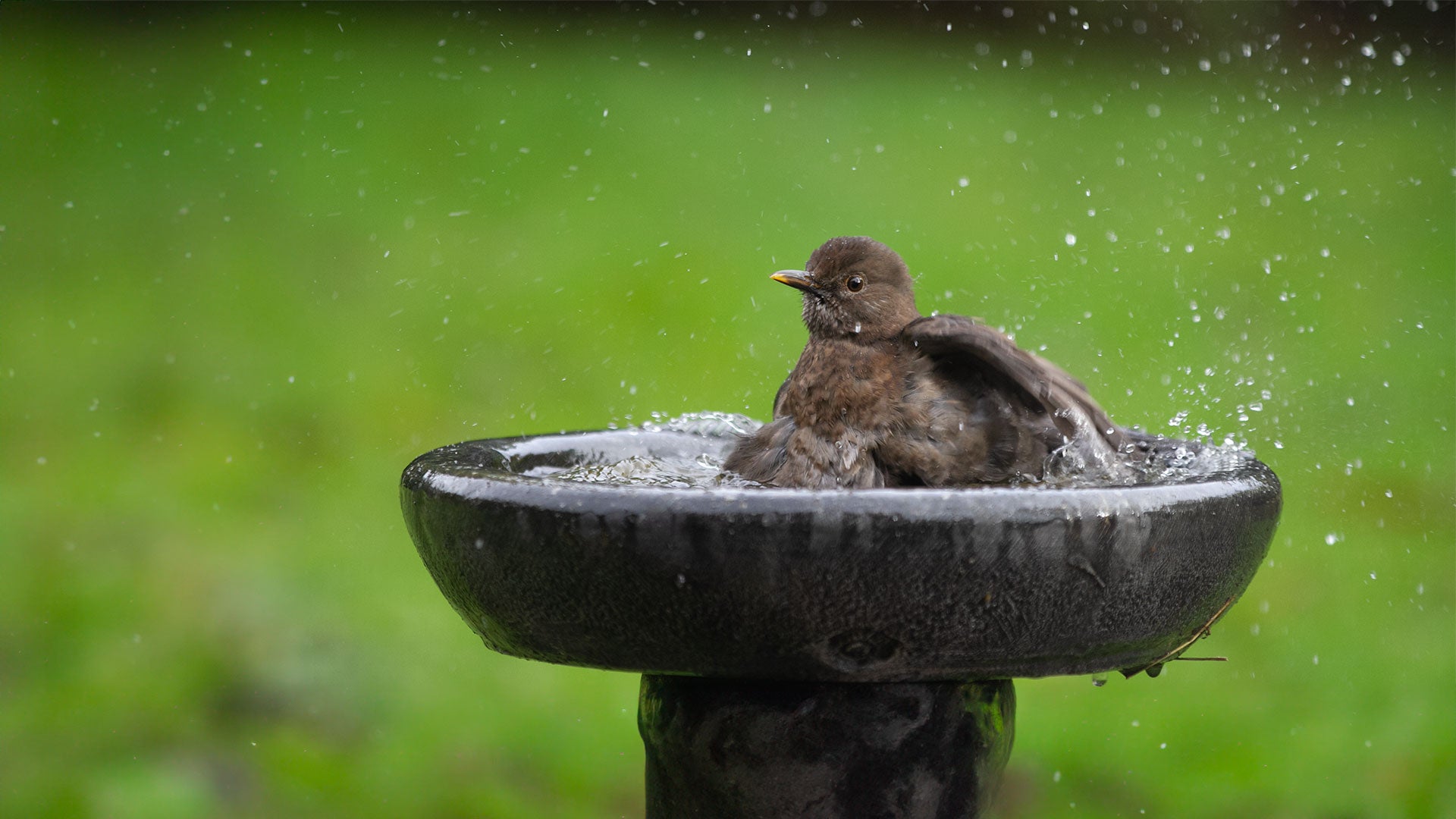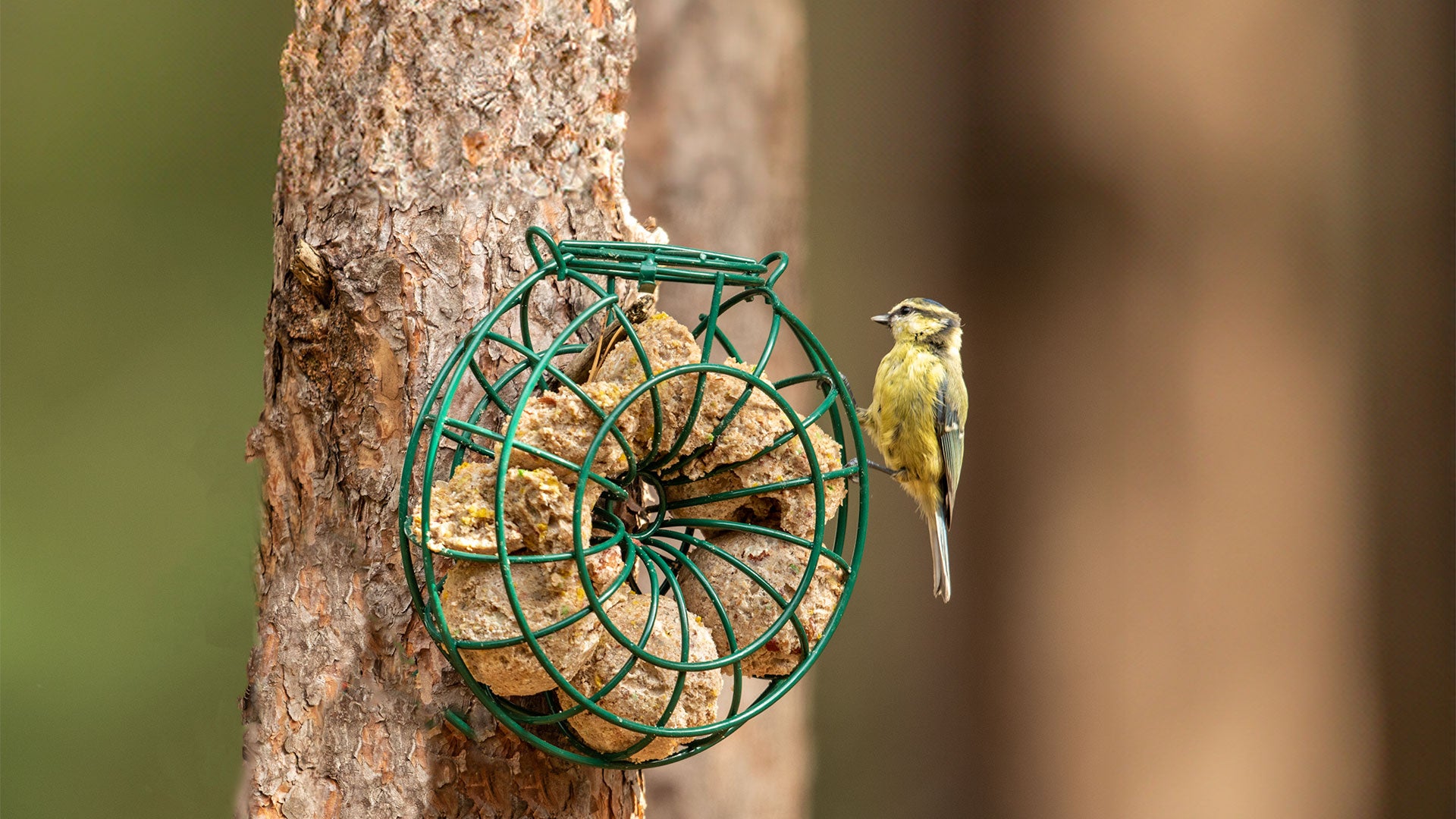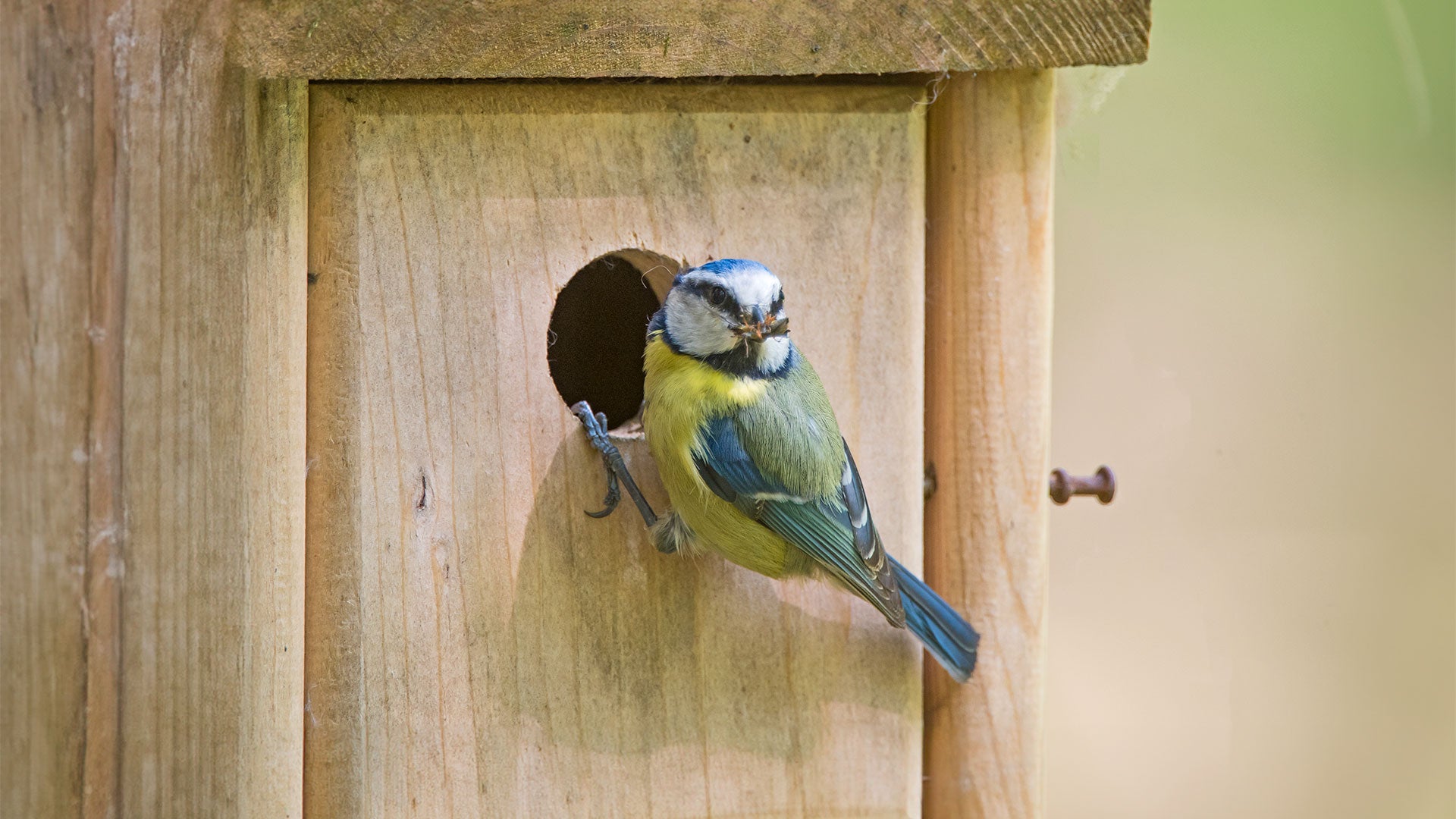As summers grow hotter and drier, UK birds face mounting challenges. Scorching sun, parched ground, and disappearing water sources can turn daily survival into a struggle. But a single garden, like yours, no matter the size, can become a refuge. By offering simple support like shade, food, and fresh water, you can make a life-saving difference. In this guide, we explore how birds cope in extreme heat and what we can do to help them through heatwaves and droughts.
When the Weather Turns Wild
In recent years, our seasons have become less predictable. Long dry spells turn lawns to straw, while sudden deluges overwhelm the soil before it can soak up the rain. Temperatures swing wildly - scorching one week, then unseasonably cool the next. Sudden heatwaves can dry up vital water sources almost overnight, leaving birds without safe places to drink or bathe, while heavy summer downpours can flood ground nests or wash away insects just when chicks need feeding the most. Whether driven by natural rhythms or human activity, one thing is undeniable: our climate is changing.
And as our weather shifts, so too must our gardens and the wildlife that depends on them. Birds, in particular, are acutely vulnerable. Their tiny bodies, high metabolism, and reliance on the environment mean they feel the full force of every heatwave, drought, and downpour.
Imagine Being a Bird in a Heatwave...
Imagine facing the searing midday sun with nowhere to hide. Your feathers trap the heat, your body begins to dehydrate, and the once-reliable bird bath is bone dry. The worms have burrowed deep. The berries have shrivelled. Even flying takes effort in air that feels thick and heavy.
For birds, a heatwave isn’t just uncomfortable; it’s dangerous. Their survival depends on quick access to shade, fresh water, and nourishing food. In moments like these, your garden, your kindness, can mean the difference between struggle and survival.
The UK’s #1 Bird Food & Wildlife Shop
Ark Wildlife helping garden birds thrive for over 30-years - nutritious bird food, bird feeders, bird care products, and nest boxes. Rated 5-⭐⭐⭐⭐⭐ by Customers, with FREE Express Delivery and 60-Day Product Guarantee.
How Birds Cope with Hot Weather
Birds are remarkably well adapted to the challenges of summer heat. Their bodies have evolved natural cooling behaviours—some subtle, some striking—that help them stay alive even in difficult conditions. But even the most resilient species can struggle when extreme weather pushes them beyond their limits. By understanding how birds naturally cope and offering a little help from our gardens, we can give them a better chance of thriving through the hottest days. Here are some of the ways they naturally adapt:
- Panting: Birds can’t sweat, so they cool down by rapidly breathing with their mouths open and tongues out. This is one of the primary ways birds release excess body heat.
- Spreading wings: Some birds will lift or droop their wings to increase air circulation.
- Seeking shade: Dense shrubs and leafy canopies offer vital escape from the sun.
- Bathing: Birds use water to regulate their temperature and remove dust or parasites.
- Reducing activity: They rest during the hottest parts of the day, becoming more active in early mornings and late evenings.
These strategies help them stay cool, but they’re not foolproof - especially during prolonged heatwaves, when water is scarce and natural food supplies dwindle. Dehydration, overheating, and even heatstroke can affect wild birds. Baby birds, in particular, are at higher risk due to their vulnerability and dependence on adult care. This is where a wildlife-friendly garden becomes a lifeline.

Simple Ways to Help Birds in Summer Heat
1. Offer Clean, Fresh Water Daily
- Refill bird baths or shallow bowls with cool water morning and evening
- Place water in the shade to prevent overheating and evaporation
- Clean daily to prevent disease or dropping build-up
- Add stones or a shallow ramp so smaller birds can perch safely
2. Create Cool, Shady Spots
- Let hedges and shrubs grow thick, plant evergreens, they’re all natural umbrellas
- Use trellises with climbing plants to cast shade
- Add log piles or brushwood shelters for cooler ground-level retreats
3. Keep Feeders Topped Up
- Dry heat reduces natural insect and berry supplies
- High-energy foods like mealworms, suet pellets, and sunflower hearts offer quick nutrition
- Feed early and late when birds are most active and feeding is safest
- Should you feed birds in summer? Yes! While natural food sources are typically abundant, summer droughts reduce insect numbers and fruit availability. Reliable feeding stations can be a crucial support.
- When to stop feeding birds in summer UK? There’s no good reason to stop. As long as hygiene is maintained and food is fresh, feeding can continue, especially during extreme weather and while fledglings are learning independence.
4. Leave the Lawn Alone
- Longer grass offers shade and moisture-retaining cover
- Delayed mowing helps insects and caterpillars survive, which means more food for birds
- Dry lawns might look tired but are teeming with life underneath
5. Use Water Features (Even Temporary Ones)
- A dripping hose, a slowly emptying bottle, or even a soaked sponge left out can all create a mini oasis
- Moving water attracts more birds and helps keep things cooler
- Even permanent ponds and raised water features can dry out, check them frequently and top them up
6. Think Beyond the Day
- Birds may find cool night time roosts in your garden. Try not to disturb them after sunset during extreme weather
- Birds also shelter during the heat of the day. Avoid trimming hedges or disturbing roosting spots during hot spells
Climate Resilience Starts in Our Gardens
As the climate changes, gardens are becoming more important than ever. The choices we make, from what we plant to how we water, can directly influence how well birds and other wildlife survive tough weather.
During summer heatwaves, your garden becomes a miniature ecosystem. A shady corner, a daily water refill, or a tray of mealworms might not seem like much, but they’re powerful acts of care that echo through the wings of every bird that visits.
We can't control the weather, but we can choose to be ready. To watch out for our wild neighbours. And to find quiet joy in knowing that your garden is a place of refuge.

Helping Birds in Hot Weather FAQ's
How do birds stay cool in extreme heat?
Birds pant, similar to dogs, to release heat, seek shade, reduce activity, and bathe to stay cool.
Do birds get thirsty?
Yes. Like all animals, birds need regular access to water to stay hydrated, especially during hot weather. Signs of a parched, thirst or overheating bird include being puffed up, panting, or lethargic. In which case offer water and shade immediately.
Can birds overheat or get heatstroke?
Yes. Birds, especially nestlings, can suffer from heatstroke or exhaustion when temperatures soar and water is scarce. Badly positioned nest boxes can quickly overheat and kill baby birds or even the eggs with chicks inside. Adult birds can also suffer heat exhaustion or dehydration and this is why maintaining a clean water source is vital throughout summer.
How often should I change birdbath water during a heatwave?
Ideally twice a day. Morning and evening top-ups keep water cool and safe. As a minimum, target at least once a day in high temperatures and heatwaves. Also get in the habitat of rinsing and replacing water, rather than topping up. Infectious diseases breed rapidly in warm water and can spread if not carefully managed. Consider using natural water cleaners such as CitroSan.
Do birds bathe more in summer?
Yes, bathing helps them stay cool and clean in dusty, dry conditions. This means more birds will visit your bird bath more often, so keep an eye on it, it'll dry up quicker than you expect!
What should I feed birds in hot weather?
Moist, high-protein foods like live mealworms and suet pellets are best. Keep feeders clean and shaded. Dried mealworms and other food can be soaked in advance to provide additional moisture.
Why do birds disappear in hot weather?
They may be sheltering from the sun, moulting and become less active. They may also be visiting feeders in the early or later hours to avoid the hottest part of the day. Sometimes they will fly further away to remain near a reliable water source.
Do birds shed feathers in summer?
Yes. Many birds go through a natural moult in summer, replacing worn feathers. It’s perfectly normal and they will become timid and hide away during this time. You may see partially bald, or very scruffy birds on your feeders during late summer due to this natural process.
Should you feed birds in summer?
Yes. Especially during heatwaves when natural food becomes scarce due to drought. See our detailed description how, why, and when to feed birds in summer above.
Treating dehydration or heatstroke in birds. Can I help?
If you find a dehydrated bird, provide a quiet, shaded space and a shallow dish of water. Contact a wildlife rescue for further advice.
Can I help if I have no garden?
Yes, a bowl of water on a windowsill or balcony, hanging feeder or even a wet sponge can all make a difference. See more tips above.
Should I stop feeding birds in summer?
No. While natural food should be abundant, drought and heatwaves reduce supplies. Reliably filled feeders can be lifesaving. You'll likely notice your feeders are quiet during the middle of the day, but this is because birds will be feeding in the cool of early morning and late in the evening.
Final Thoughts
Helping birds cope with extreme weather doesn’t require grand gestures. It’s the small, thoughtful things, a shaded spot, a fresh bowl of water, a moment of awareness, that carry real weight.
In a changing climate, every garden has the potential to become a refuge. And every one of us can choose to be a caretaker of the wild lives that share our space.


